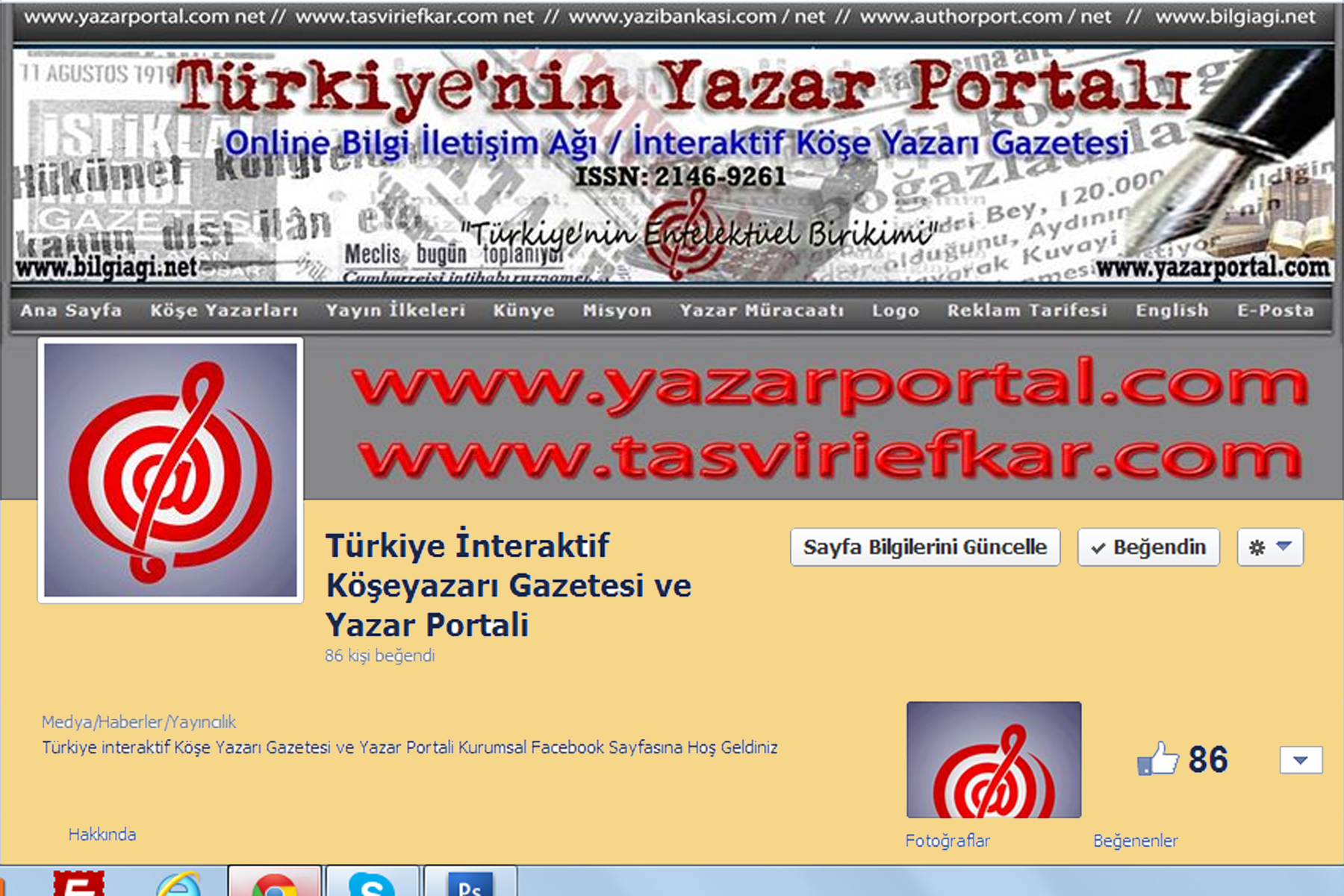Troubles for Technologies and Asylum Procedures
Increasingly, devices and methods are being used to streamline asylum procedures. These kinds of range from biometric matching search engines that search at iris operates and finger prints to web directories for asile and asylum seekers to chatbots that support these people register cover instances. These technologies are made to make that easier only for states and agencies to process asylum applications, particularly as numerous devices are slowed down by the COVID-19 pandemic and growing degrees of required shift.
Yet these kinds of digital equipment raise several human benefits concerns intended for migrants and demand refreshing governance frames to ensure justness. These include personal privacy problems, maussade decision-making, and the likelihood of biases or machine mistakes that bring about discriminatory influences.
In addition , a central problem for these systems is the relationship to border enforcement and asylum control. The early failures of CBP One—along together with the Trump administration’s broader drive for restrictive plans that restrict usage of asylum—indicate these technologies could possibly be subject to personal pressures and should not always be viewed as inevitable.
Finally, these kinds of technologies can shape how refugees are recognized and remedied, resulting in an expanding carcerality that goes further than detention conveniences. For example , speech and vernacular recognition tools create a www.ascella-llc.com/the-counseling-services-offers-free-confidential-counseling-services-to-enrolled-students/ specific educational space around migrants simply by requiring those to speak within a certain fashion. In turn, this kind of configures their subjecthood and may impact the decisions of decision-makers just who over-rely in reports produced by these tools. These routines reinforce and amplify the strength imbalances which exist between refugees and decision-makers.




